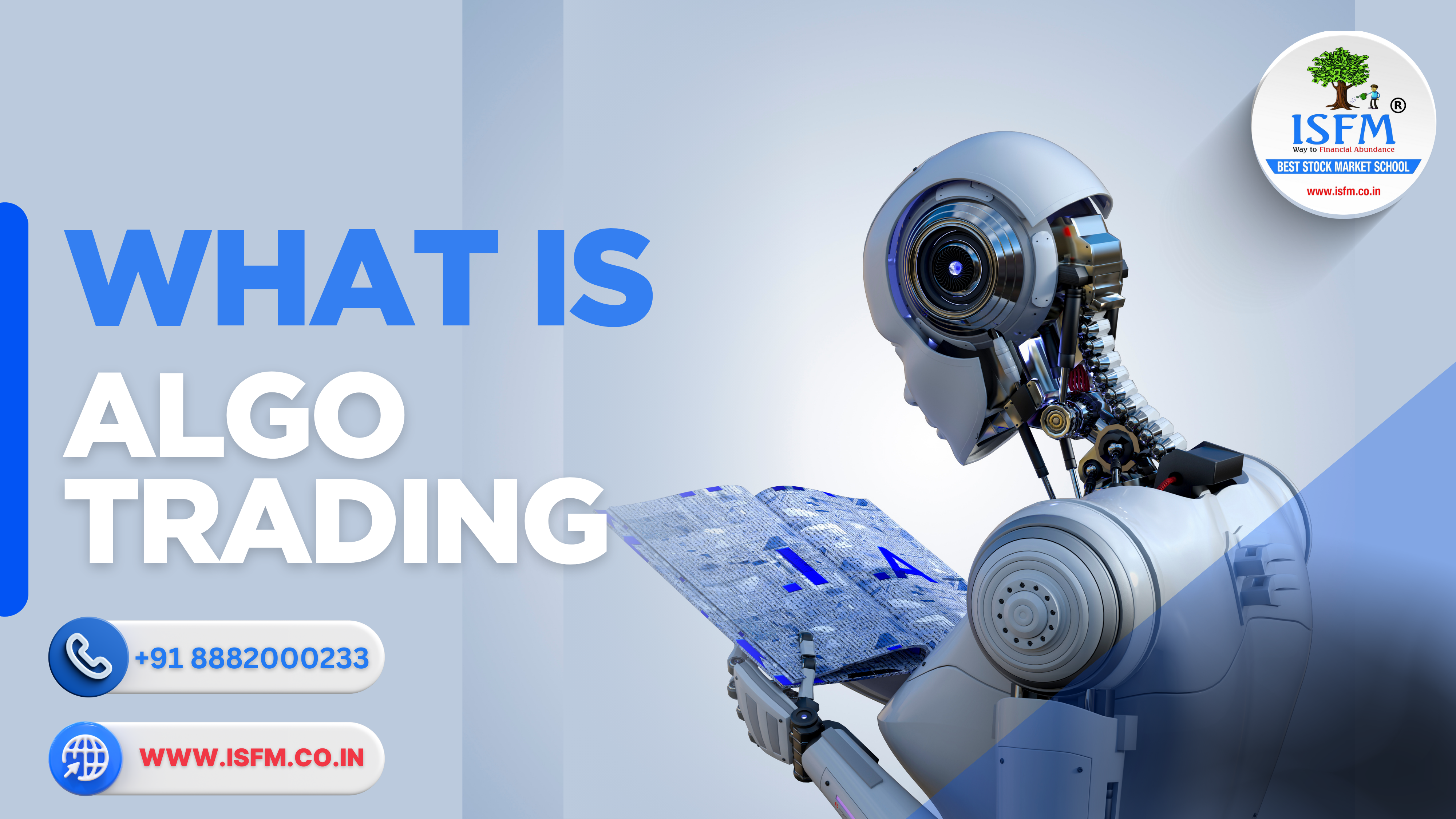Algorithmic Trading Explained: Features, Benefits, Future Trends & Should You Use It?

In today’s fast-paced digital world, technology is rapidly transforming the financial landscape. One of the most significant innovations is algorithmic trading—a method that automates trading decisions and execution using sophisticated algorithms. This guide uncovers the essence of algo trading, its core features, benefits, risks, and whether it’s the right fit for your trading journey.
What is Algorithmic Trading?
Algorithmic trading—also known as algo trading—involves using computer programs to execute trades based on pre-set rules related to price, timing, volume, or other market conditions. It eliminates the emotional aspect of trading and allows for ultra-fast execution based on real-time data and mathematical models.
Key Features of Algo Trading
Here’s what sets algorithmic trading apart:
- Ultra-Fast Execution
Trade in microseconds, capitalizing on minute market movements before manual traders can react. - High Accuracy & Consistency
Executes predefined strategies flawlessly, avoiding manual errors. - Emotionless Trading
Keeps fear, greed, and panic out of your trading decisions. - Backtesting Tools
Allows testing of strategies using historical data to analyze performance. - Multi-Asset Diversification
Run several strategies across different markets and instruments simultaneously.
Why is Algorithmic Trading Important?
- Dominance in High-Frequency Trading (HFT)
HFT firms rely heavily on algorithms to provide liquidity and exploit arbitrage opportunities. - Minimizes Human Error
Automated systems execute precisely as programmed—no fatigue, no distractions. - 24/7 Market Surveillance
Algorithms can monitor multiple global markets around the clock. - Improved Efficiency
Capable of analyzing huge datasets and executing trades at unmatched speed.
Future Trends in Algorithmic Trading
- Integration of AI & Machine Learning
Intelligent algorithms that learn and evolve with changing market conditions. - Quantum Computing
Expected to revolutionize trading by solving complex problems at blazing speed. - Retail Trader Accessibility
Tools like MetaTrader, Python libraries, and cloud APIs are making algo trading accessible to individual traders. - Evolving Regulatory Frameworks
As adoption grows, governments and regulators are working on frameworks to promote fairness and reduce systemic risk.
Pros and Cons of Algorithmic Trading
Advantages
- Fast and efficient trade execution
- Eliminates emotional bias
- Scales easily across markets
- Reduces overall transaction costs
Drawbacks
- Requires technical expertise and coding skills
- Risk of over-optimization (“curve fitting”)
- Potential for technical glitches or system failures
- Vulnerability to unexpected market events
Should You Embrace Algo Trading?
Reasons to Adopt
- Time Efficiency: Automate tedious tasks so you can focus on strategy and innovation
- Competitive Advantage: Level up in markets increasingly driven by automation
- Better Risk Control: Use algorithms to enforce strict stop-losses and position sizing
Reasons to Stay Cautious
- High Learning Curve: Requires solid understanding of trading, data, and coding
- Initial Investment: Infrastructure, data subscriptions, and systems may be expensive
- Risk of Faulty Logic: A small bug or flawed assumption can lead to major losses
Conclusion: Is Algorithmic Trading Right for You?
Algorithmic trading offers unmatched speed, precision, and efficiency—making it a powerful tool for institutional investors and tech-savvy traders. However, the complexity, costs, and potential risks should not be underestimated.
If you’re ready to invest time in learning the technical and strategic nuances, algo trading could significantly enhance your performance. Otherwise, consider a hybrid approach—combining automation with human oversight—for better control.
Want to get started? Learn the basics of stock market trading and explore platforms that support algorithmic strategies.



